The figure includes 22,929 passenger cars, down 3%. Commercial vehicle production reached 8,805 vehicles; and specialized vehicles reached 642 vehicles, up 146% over the previous month.
Regarding the structure of vehicle origin, the sales volume of domestically assembled vehicles in June 2025 reached 14,355 vehicles, an increase of 4% compared to the previous month; meanwhile, the sales volume of imported vehicles was 17,622 vehicles, a sharp increase of 14% compared to the previous month.
In terms of origin, the domestically assembled car group achieved sales of 15,701 units in July, up 9% compared to the previous month. The group of completely imported cars also grew by 9% with sales reaching 16,038 units. This is also the 5th consecutive month that sales of completely imported cars of VAMA members have been higher than domestically produced cars.
In the first 7 months of 2025, the total sales of VAMA member units reached 194,760 vehicles, an increase of 18.9% over the same period in 2024. On average, the market consumes nearly 28,000 cars of all kinds each month.
However, the above figures from VAMA do not represent the sales figures of the entire Vietnamese automobile market because the brands Audi, Jaguar Land Rover, Mercedes-Benz, Subaru, Volkswagen, Volvo... do not disclose information about their business results. In addition, the two units with large car sales volume, VinFast and TC Motor, have separate business results reports.
Overall, car sales in Vietnam in July, although slowing down compared to the previous peak in June, remained high. On the other hand, the 10% increase compared to the same period in 2024 also reflected the market's recovery after a year of stagnation.
Some experts believe that the Vietnamese automobile market will experience many fluctuations from July onwards, possibly entering a “pre-transition” phase as many large cities prepare to restrict and eventually ban fossil fuel vehicles in the next few years.
Directive No. 20/CT-TTg affects buyers' psychology, causing a segment of customers to postpone their decision on pure gasoline/diesel vehicles to wait for policies to support conversion, while dealers prioritize handling inventory and are more cautious with new orders.
This policy is expected to directly affect the majority of car models on the market, as most of the best-selling models in Vietnam use internal combustion engines. The challenge for manufacturers is to maintain sales of internal combustion engine vehicles to ensure short-term profits while investing heavily in electrification products. Some brands have accelerated the launch of hybrid vehicles (self-charging/external charging) and battery electric vehicles, but the number is still limited.
Experts say market demand next month is forecast to remain stable thanks to the lack of major macroeconomic fluctuations, but growth may slow down as consumers consider more carefully the operating costs and the risk of depreciation of gasoline and diesel vehicles in the context of increasingly strict environmental regulations.
In the long term, the last months of 2025 will be an important time for companies to test the appeal of "green cars" in the popular segment, in order to anticipate the shift trend. In August, Ford will join the pure electric car race for the first time with the Mustang Mach-E model. A series of new hybrid (gasoline-electric hybrid) models such as Omoda C7 PHEV, Hyundai Santa Fe Hybrid, Palisade Hybrid or Lexus LX 700h... are also about to "knock on the door" of the Vietnamese market from now until the end of the year. This can be seen as the starting point for a new phase of strategic competition, where the problem of balancing the present and the future will determine the leading position in the era of low-emission cars./.
According to VNA
Source: https://baothanhhoa.vn/thi-truong-oto-trong-nuoc--trong-truoc-lo-trinh-han-che-xe-phat-thai-257985.htm





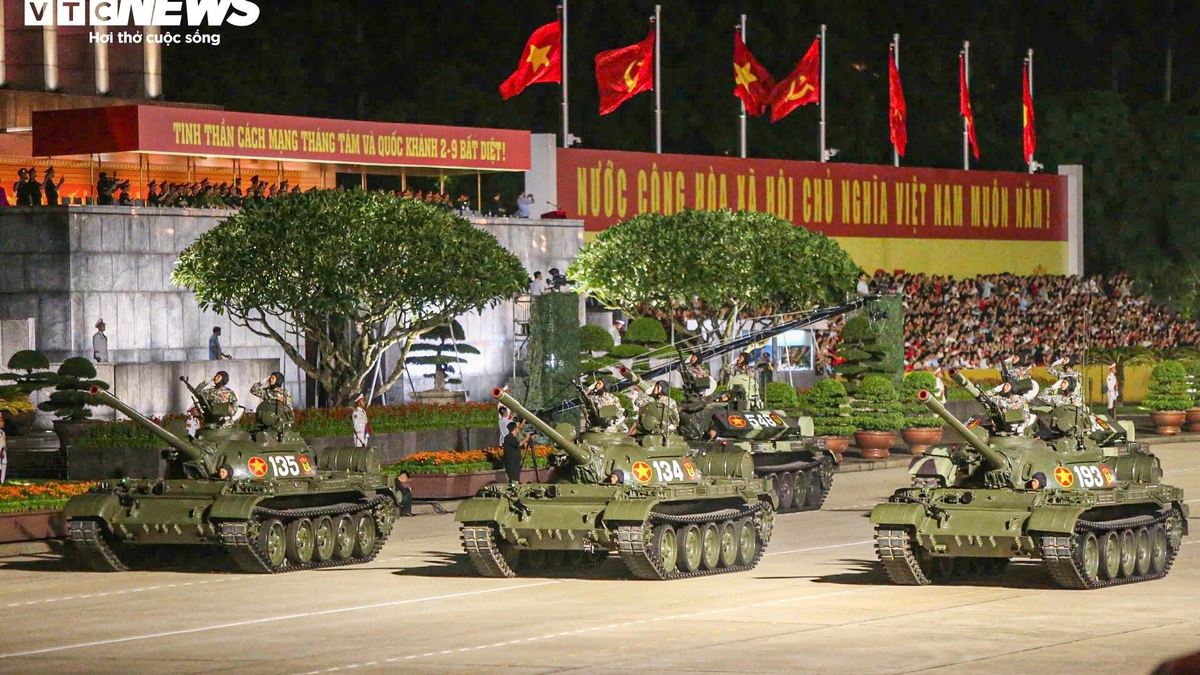


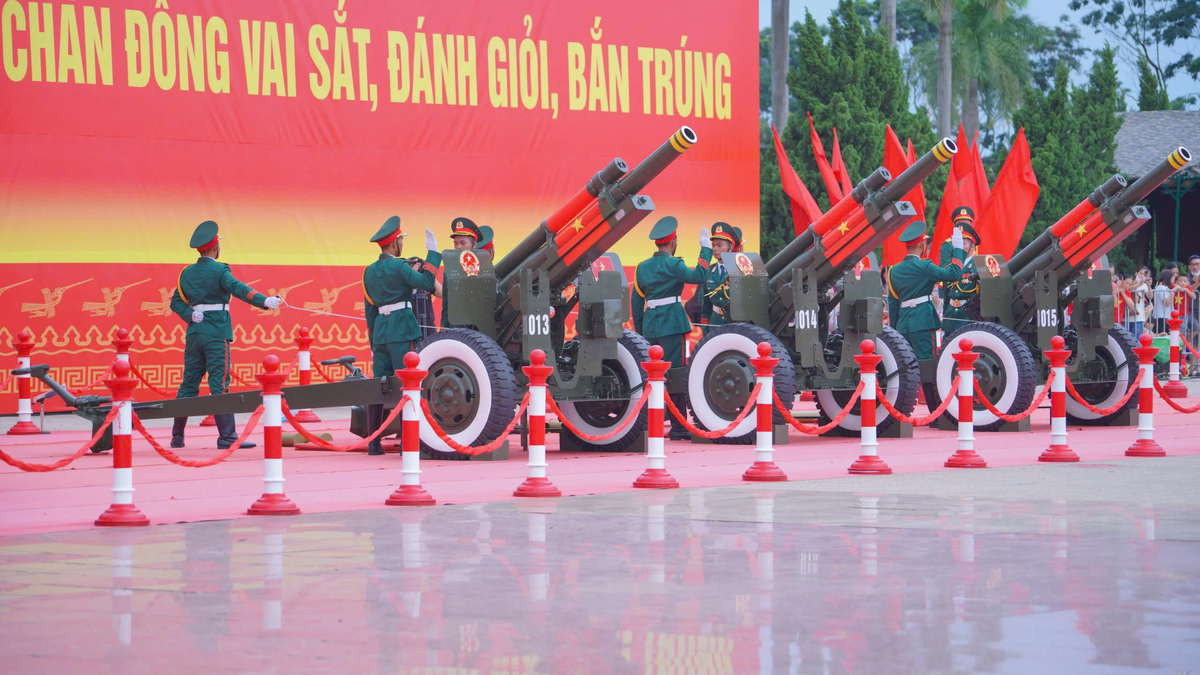





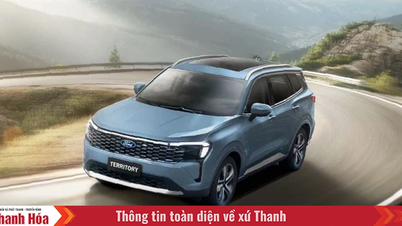

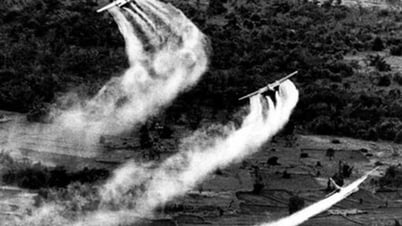


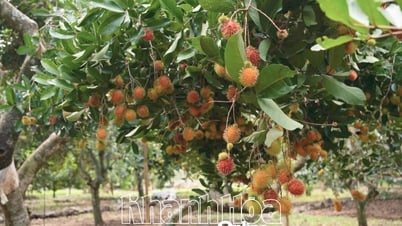







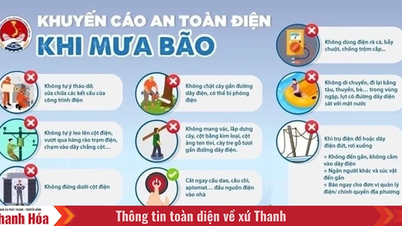




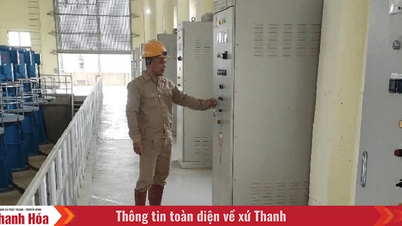



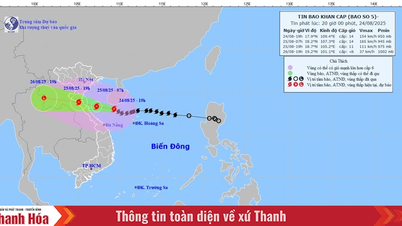























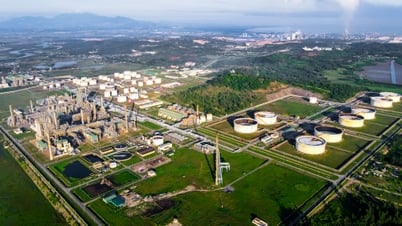






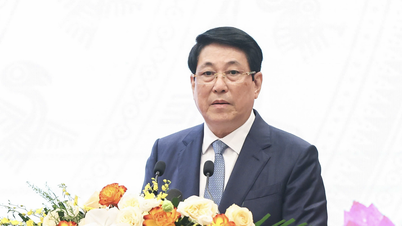



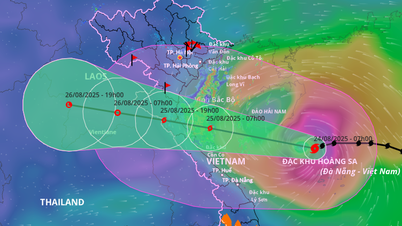














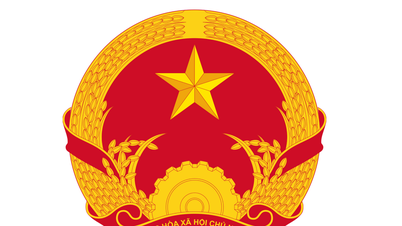
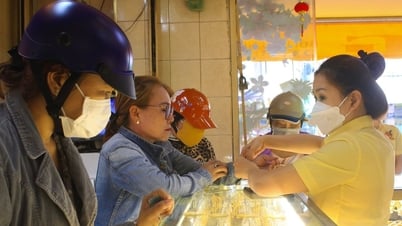



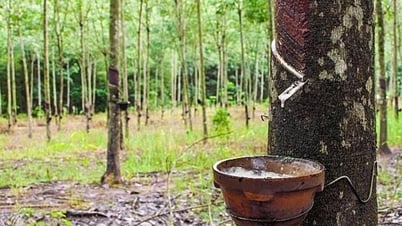
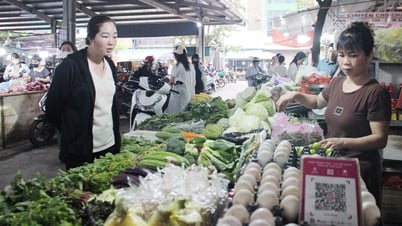




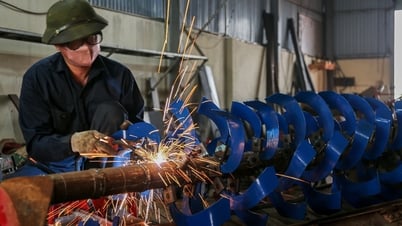

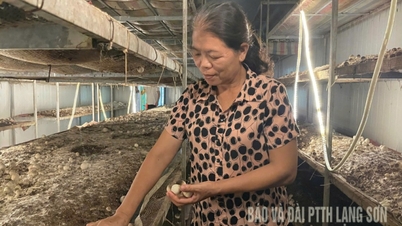






Comment (0)